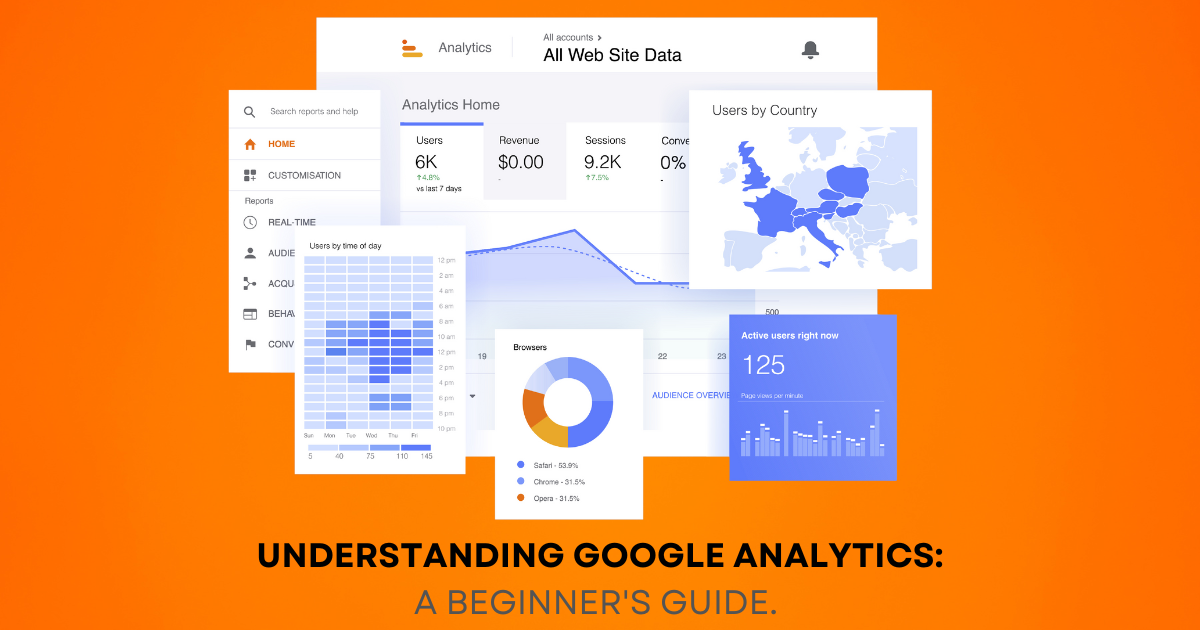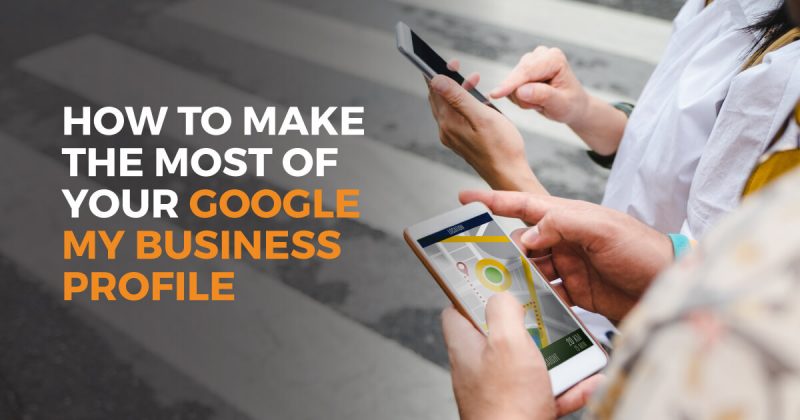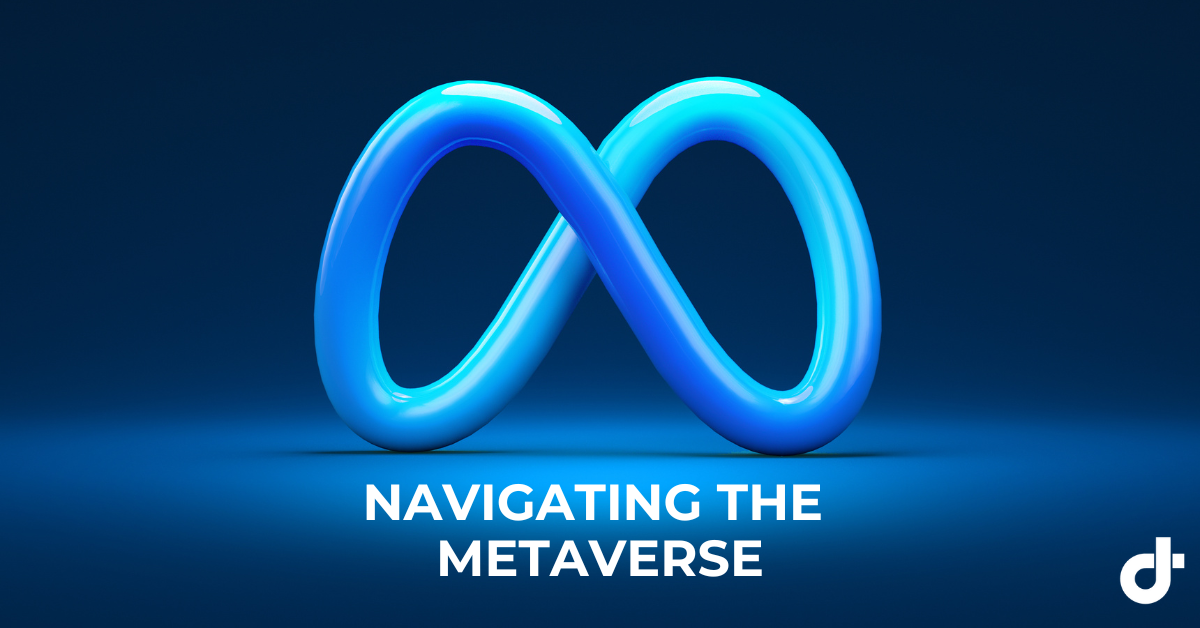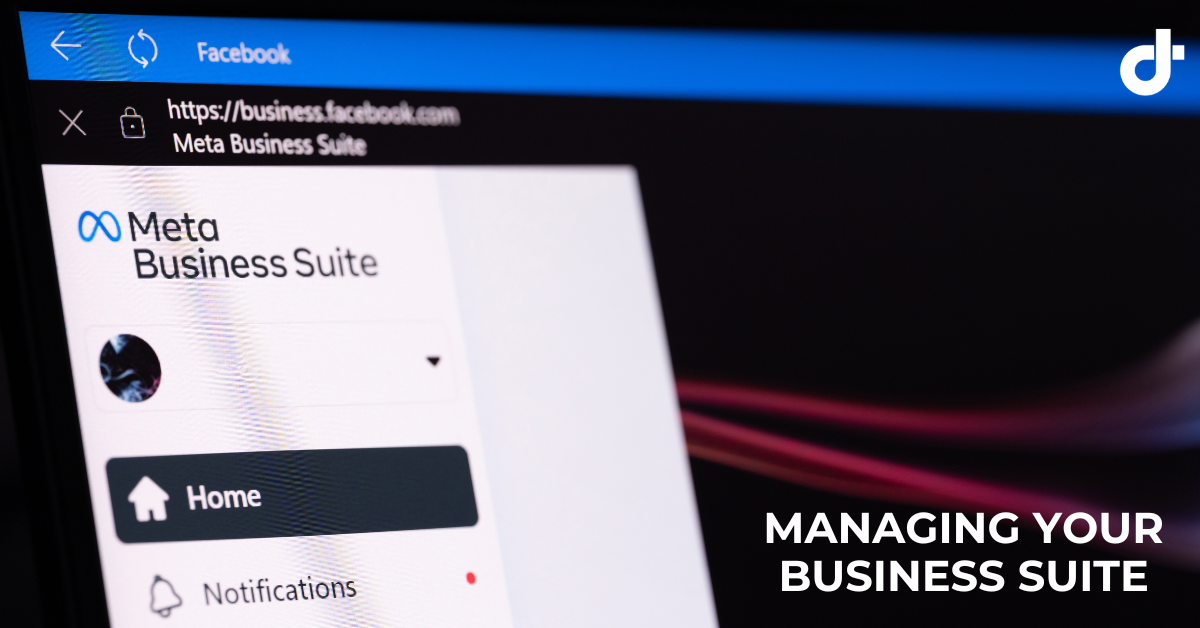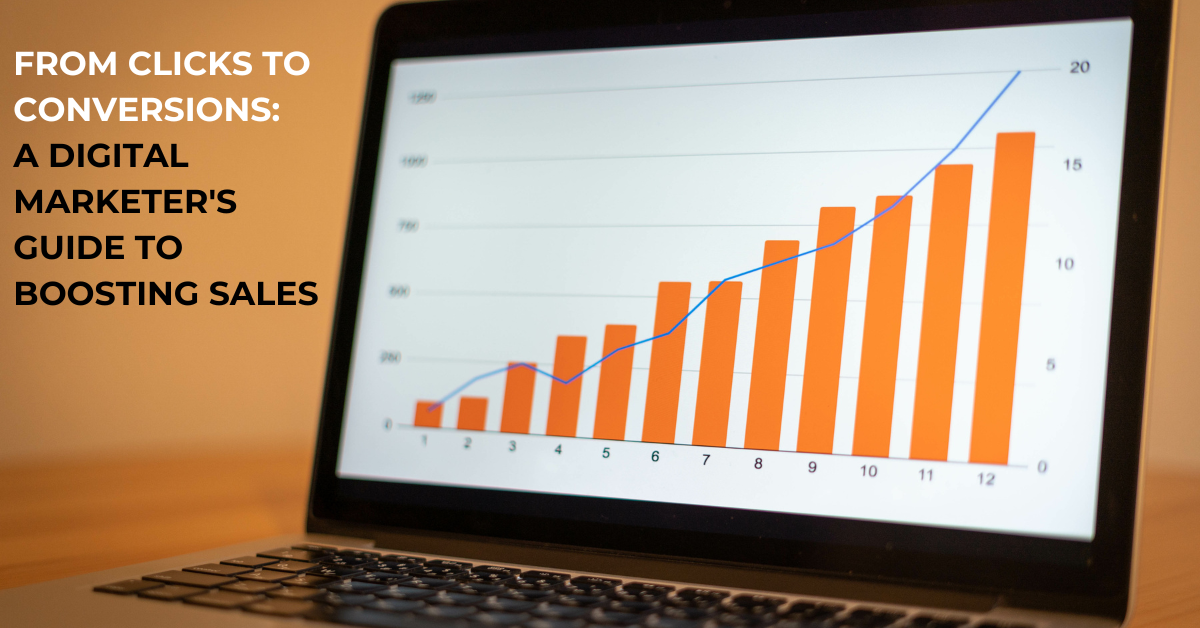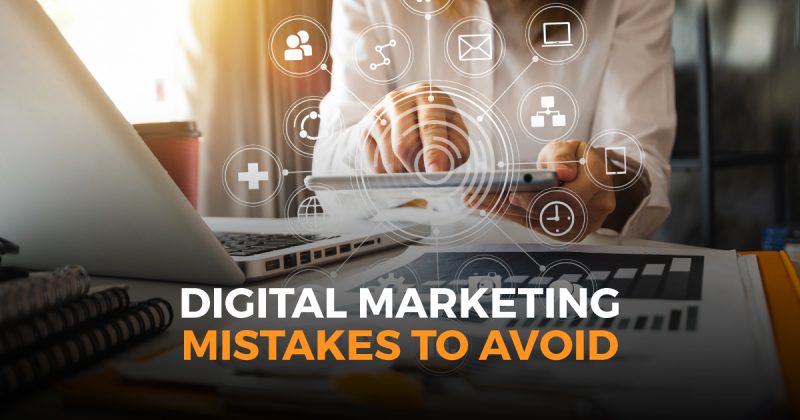What is a Landing Page?
You’ve most likely heard the term by now multiple times and nodded your head along in the conversation as if you completely knew what people were referring to as they mentioned “landing pages” and other SEO-related phrases.
But do you really know what a landing page is and the importance of it? If not, don’t worry. You’re not alone and our digital marketing experts have pulled their landing page knowledge together below just for you!
—
Like many other businesses, one of your main goals is to generate leads. If you don’t build at least a couple of landing pages that lead to your website, you could be missing out on crucial opportunities for turning website visitors into qualified leads. Not to mention how landing pages can greatly improve your organic rankings and overall SEO strategy.
Because the landing page targets specific people who are interested in and searching for your business and/or product, you can convert a higher percentage of your website visitors into leads whom you can then follow up with.
So what is a “landing page”?
It’s a page on your website that visitors can only find by clicking on the link in a Google search or Google AdWords, where you usually offer something related to your business in exchange for the visitor’s contact information.
Included on a landing page is what we call a “lead-capture form”, which is where visitors enter their contact information such as their name, email address, and job title then gets collected in a backend. Just like that, you have yourself a lead!
When should I use a landing page?
Long story short, you should almost always be using a landing page in some way, shape or form. Whether you are running a Google AdWords campaign or just looking to increase your SEO rankings, your business can benefit from a landing page or two.
As we mentioned earlier, landing pages are mostly used to capture the contact information of your website visitors in exchange for a branded experience. These experiences can be anything from getting a free e-book download or getting access to the company’s email newsletters to free product trials or exclusive information about upcoming industry events.
When push comes to shove, landing pages have one overarching purpose and that is to generate leads for your business. Here are just a few ways you can use a landing page to start a relationship with your future customers:
Free E-book Download
If you wrote a blog post that introduces a topic relevant to your audience and your business, you can dive deeper into that topic by expanding on the subject through an e-book. You can then use a landing page as a gateway to this resource with a lead-capture form.
If a visitor fills in the form, they then get access to download your e-book for free. It’s a win-win.
E-Newsletter Subscription
Let’s say you’ve written quite a few blogs around a specific topic. Sure, you can develop an e-book that elaborates on the subject, or you can offer your readers access to your email newsletters by having them subscribe to receive the latest content.
Be sure to include call-to-actions (CTA) within your blog posts to invite readers to subscribe to your blog or sign up for your newsletters. This CTA should link to a separate landing page where they will then enter their contact information in order to be added to your email list.
Free Product Trial
Offering people a free demo of your product or service is a great way to collect leads. And of course, your demo offering should have its own landing page.
Mostly from SEO and Google AdWords campaigns, you can bring users to a landing page where they can sign up for a free product or service trial after providing you with their name, email address, job title, or any other information you need.
With an AdWords campaign created in the past for our client, Trust Robin, offering a free 30-day trial for users to try out the app, we understand how designing and building a proper landing page can affect the user’s experience.
Event Registration
Another way a landing page can be used is to collect information on your audience in exchange for them receiving updates or invites to upcoming industry events. Each event, and even its various sessions and special guest speakers, can have their own individual landing pages.
Once again, along with driving up your SEO rankings, these pages can be a major differentiator in turning people that are interested in the event into event attendees and furthermore, business leads.
Why are landing pages important?
Many companies send their website traffic straight to their homepage whether it be from a newspaper ad, social media, email marketing or somewhere else. Although it’s great that you’re sending them to your website, you could be missing out on some quality lead opportunities.
If you’re publishing a newspaper ad or a social media post about a specific service or product that you’re offering, you can increase the likelihood of converting that traffic into leads by sending them to a targeted landing page rather than your broad homepage.
Think about it from the user’s perspective. If you are, for example, a jewellery company running a Google Ad specific to a Pandora sale, you want to send the visitor to a landing page that talks more about that sale and Pandora, not your homepage.
You need to determine what action you want a visitor to take and then make it easier for them to do just that. Send them to a landing page instead of the homepage that prompts them to complete that action whether it be filling out a form, calling the store, or even visiting the store. You’ll see the effectiveness of your digital marketing improve dramatically.
How do you create an effective landing page?
Do you think you’re ready to create your first landing page or improve on a landing page you already have? Be sure to include the below important elements:
Offer Value
Always remember that as long as you have something of value to offer your visitors, they will more than likely be willing to give up their contact information in exchange for it. Put yourself in your visitor’s shoes and ask yourself if your offer is compelling to your audience. Then make sure your landing page demonstrates that value.
Limit Distractions
You’ve successfully brought your target audience to a page where they can perform your desired action. Don’t distract them! Limit the number of exits from your landing page so that your visitors are focused on getting the necessary information they need while providing you with their contact information creating a quality lead for your business.
Create A Buzz
Tap into a huge community of your best, not to mention free, marketers: your target audience. Add share links to your landing page to encourage your website visitors to share your content with their social audiences. It’s amazing the amount of buzz a campaign can get just through word-of-mouth marketing.
Get To The Point
Keep your landing page short and to the point to increase your conversion rate and to avoid causing any friction with your visitor. This is also true for the lead form. The more fields the user has to fill in, the more likely they will get spooked and exit the page without filling in the information. Only include the contact fields you really need from them so as not to ask too much of them.
Don’t Forget To Test!
Once you believe you have developed the perfect landing page, test it. And then, test it again. And again! As marketing trends are constantly evolving, your landing page will need to as well. Try split tests by creating variations of a landing page to see what works best for your business. Just remember, your landing pages can always use more testing and there’s always room for improvement.
—
Now that you have a better understanding of what a landing page is and how much it can affect your online marketing, it’s time to start implementing them into your SEO and Google AdWords strategies.
Not sure where to begin? Give us a call today and take your online marketing game to the next level.


